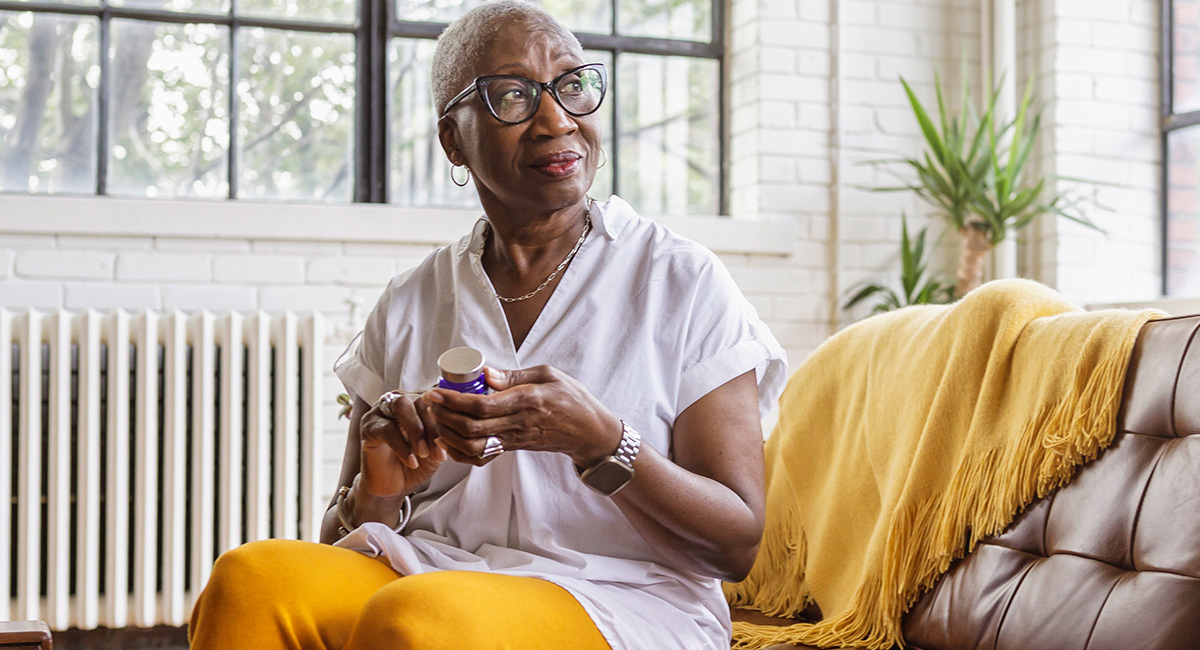Electrical Nerve Stimulation for Arthritis Pain
Learn how neuromodulation treatments for arthritis may help by easing inflammation, pain and muscle weakness.
Nerve stimulation – or neuromodulation – uses electricity to decrease pain sensations. In some people, neuromodulation treatments can ease pain with minimal risks and offer an alternative to medication for treating arthritis pain.
These devices are generally safe. However, they involve sending electrical impulses though your body. So it’s important to talk with your doctor first if you have a pacemaker, another implanted device, are pregnant, have epilepsy, or have a heart problem.
Transcutaneous Electrical Nerve Stimulation (TENS)
What it is: TENS uses sticky electrode patches attached to a small, battery-operated device. It sends an electric current to your nerves to override pain signals. Another way TENS may relieve pain is by triggering the release of natural painkillers (endorphins) in the brain. TENS can be delivered at low frequency (l-TENS) or high frequency (h-TENS). Many TENS devices have a controller that lets you pick the frequency you prefer.
How well it works: TENS helps acute (short-term) and chronic (long-term) pain. TENS has been shown to relieve osteoarthritis (OA) pain and reduce the need for pain medications. A 2015 Cochrane Review concluded, “[there is] tentative evidence that TENS reduces pain intensity over and above that seen with placebo. It’s estimated that overall, about half of people who try TENS get a 50 percent reduction in pain.
Pulsed Electrical Stimulation (PES)
What it is: PES delivers a current to the site of pain via electrodes placed on the skin. In theory, it treats arthritis damage by rebuilding and repairing joint cartilage.
How well it works: Research on PES for arthritis has been mixed. A 2013 analysis published in Osteoarthritis and Cartilage found that PES improved knee OA pain and reduced the need for NSAIDs, but the studies weren’t well designed. Another more rigorous study published in 2011 in Arthritis & Rheumatism found PES wasn’t any more effective for pain relief than a placebo.
Neuromuscular Electrostimulation (NMES)
What it is: NMES applies electrical impulses to nerves to make the muscles contract. It used for people with arthritis to strengthen the muscles that support weakened joints.
How well it works: Some studies show NMES can help offset the muscle weakness found in people with knee OA. A small 2012 study published in the Journal of Orthopaedic Research found that quadriceps strength and overall health status improved in people with knee OA after using NMES for eight weeks.
Interferential Current (IFC)
What it is: IFC transmits two different frequency currents to help the energy reach deeper into the tissues. The deep-penetrating current is thought to block the transmission of pain signals or stimulate the release of natural pain-relieving chemicals in the body.
How well it works: Research shows IFC is better than placebo at relieving knee OA pain. In a 2015 review of studies published in Osteoarthritis & Cartilage, IFC performed better than other electrical nerve stimulation techniques.
Noninvasive Interactive Neurostimulation (NIN)
What it is: The NIN device delivers high-amplitude impulses into the skin. These impulses are believed to trigger the release of chemicals in the body that reduce pain and inflammation.
How well it works: In a small preliminary study from 2008 published in Journal of Alternative and Complementary Medicine, people with knee OA had less pain after using NIN.
Spinal Cord Stimulation
What it is: Spinal cord stimulation uses a wire that’s surgically implanted under your skin to deliver an electrical current directly to your spinal cord. The current blocks pain signals before they can reach your brain. This technique offers long-lasting pain relief that may reduce a reliance on medication for patients.
How well it works: A 2014 literature review published in Pain Physician summarized that spinal cord stimulation can be effective for treating chronic pain of the torso and limbs, intractable low back pain, leg pain, and pain from failed back surgery.

Stay in the Know. Live in the Yes.
Get involved with the arthritis community. Tell us a little about yourself and, based on your interests, you’ll receive emails packed with the latest information and resources to live your best life and connect with others.


